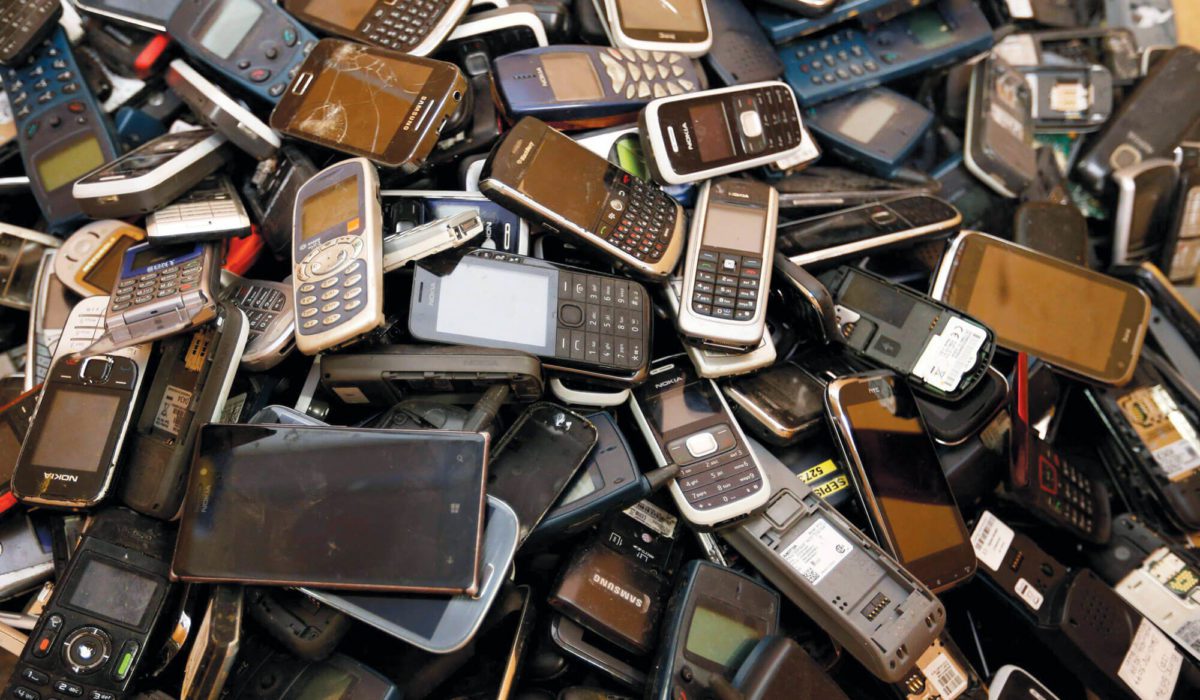Abby Jo Sigal, MBA 99
Executive Director, NYC Mayor’s Office of Talent and Workforce Development

The “right-to-repair” movement scored a major victory in June when New York state passed the first law requiring companies that make digital electronic products to give the public access to repair instructions, tools, and parts.
The goal was to make it easier and cheaper for consumers to fix their gadgets and to break manufacturers’ monopolies on the repair market, allowing independent repair shops to compete.
Yet despite a groundswell of support from consumer and environmental groups, right-to-repair laws may have unintended consequences, according to Haas research co-authored by Assistant Professor Luyi Yang and appearing in Management Science. The result could be higher prices, more e-waste, or longer-term use of older, energy-guzzling products.
“Strikingly, [right-to-repair] legislation can potentially lead to a ‘lose-lose-lose’ outcome that compromises manufacturer profit, reduces consumer surplus, and increases the environmental impact, despite repair being made easier and more affordable,” says Yang.
Yang built a model to analyze how manufacturers, who generally oppose right-to-repair laws since they can reduce demand for new gadgets, might respond to the new regulations and what the repercussions might be.
The answer depends on the type of product and especially the price. With low-cost products, the strategic response for manufacturers would be to lower new product prices and flood the market, thus reducing the appeal of repair. “Motivating more consumers to purchase new products translates into higher new production volume and more e-waste,” Yang says. “As a result, the environmental impact increases.”
Conversely, for manufacturers of higher-end products that are expensive to produce, a continual price cut would eventually leave the profit margin too thin. If independent repair was widely available, products would have a longer lifespan, making them more valuable. Manufacturers would be incentivized to raise new product prices, which hurts consumers. Easier repair could also lead more consumers to use old, energy-inefficient products, resulting in a higher environmental impact, especially with cars, trucks, refrigerators, or other major appliances.
Well-intentioned policy makers should not make assumptions about who will benefit from right-to-repair laws, Yang says. Instead, legislators should examine specific product categories, including their production cost and environmental impact, and avoid sweeping, one-size-fits-all policies.
Posted in:
Topics:




